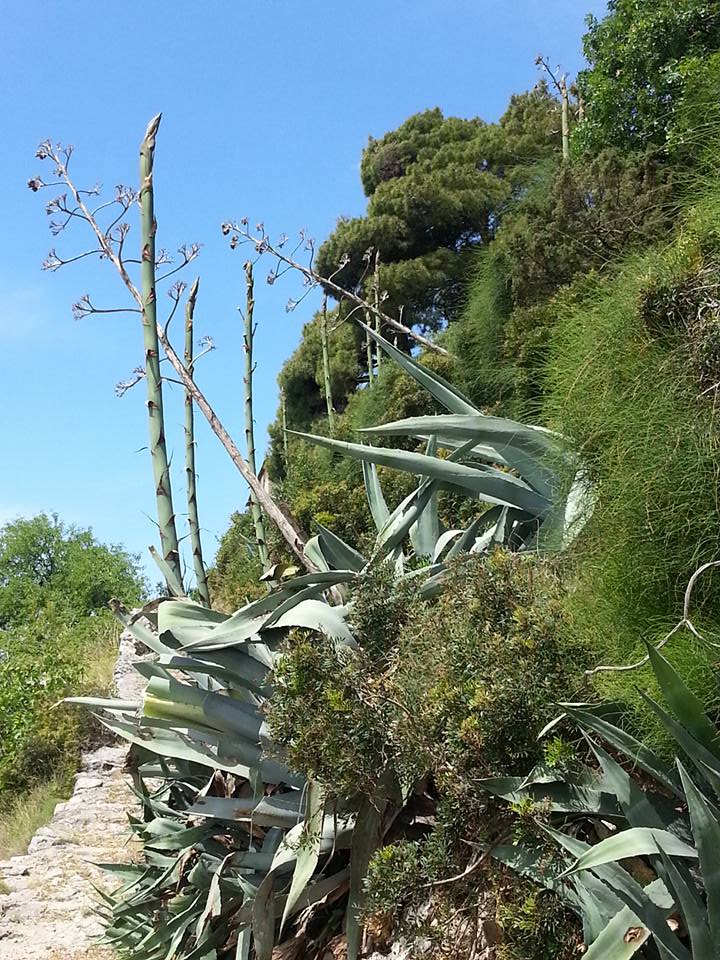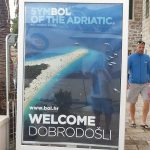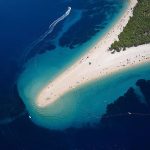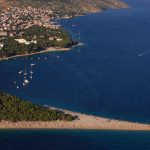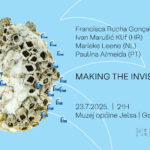I have been fortunate enough to travel the world (more than 90 countries), meet fascinating people and see amazing things, and yet one of the most absorbing mornings in modern times was just across the water, waiting for me to discover all these years. It was a combination of spectacular views, one of Dalmatia’s finest (and least visited) attractions, and the passion of one man dedicated to sharing the mysteries of that attraction with a wider world.
I am travelling a lot at the moment, working for different clients, and the chance to have a family weekend and finally discover Bol on Brac, courtesy of Bluesun Hotels, was something I was really looking forward to. I paid little attention to the suggested excursions that the efficient marketing department had sent through, and decided that Dragon’s Cave was something I would discover in the flesh, rather than researching it prior to my visit.
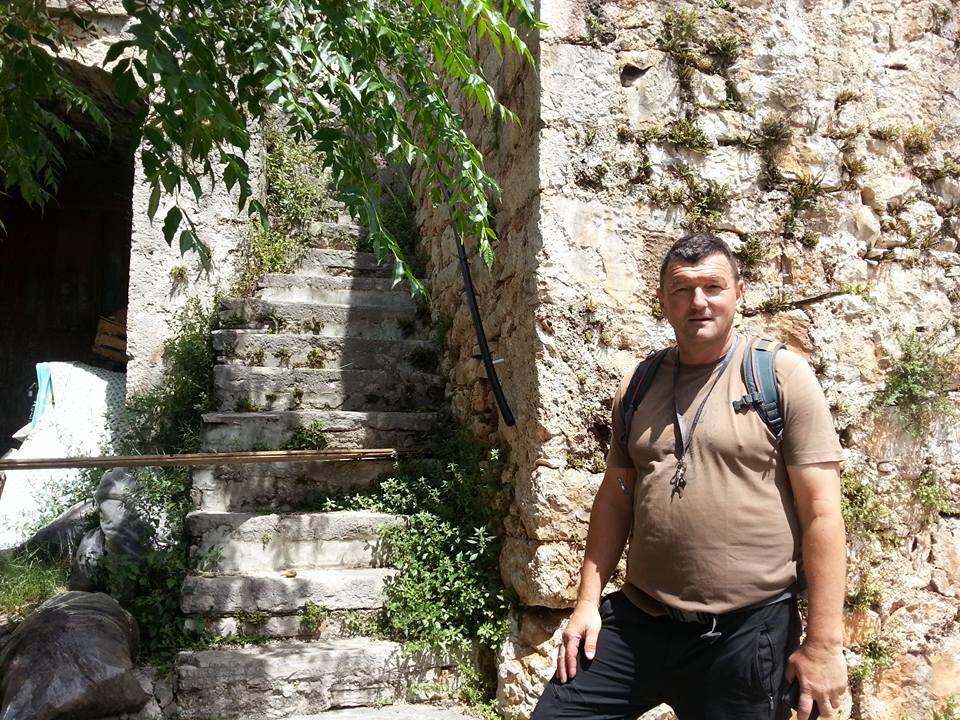
The polite but concerned look of the friendly Bluesun employee at my less than sporting attire and lack of bottled water informed me that perhaps this was to be a day when my dubious fitness levels would be put to the test. I have run a marathon in my time, but that was 26 years ago. Did you say a steep 45-minute hike to this cave?
There is something very intimate about having a personal hiking tour with a man so desperate to share the magic of his environment that one can’t help but accept the physical pain (NOTE to people of average fitness – you will be fine) just so that you can hang on his every word, for the guardian of the Dragon’s Cave, Zoran Kojdic, was in my opinion almost as fascinating as this spectacular Dalmatian gem which is visited by just 800-1000 people a year. Unbelievable.
Zoran’s initial assessment of my fitness levels were as complimentary as the man from Bluesun, but he took it all in good humour, adjusting his expectation levels while still making me feel special. First stop was a short walk to an old stone house in the village of Murvica, where he taught me a thing or two about the konoba, before explaining that this was his family home, and he had lived there as a child. A local man who knew the territory.
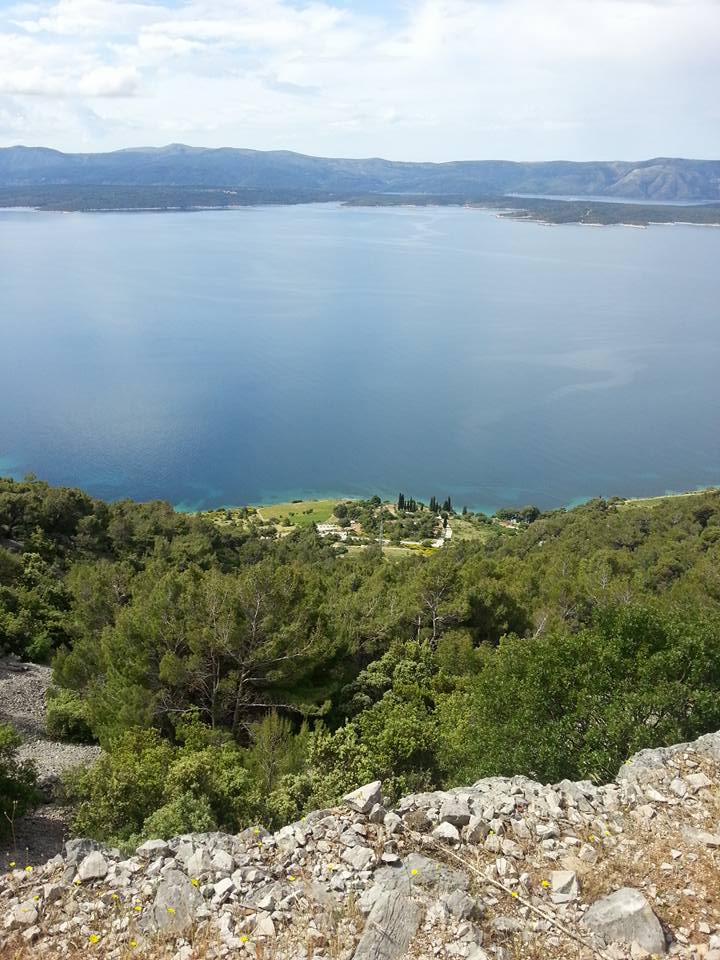
There are two ways to get to Dragon’s Cave, the short and strenuous way, and the longer but more gentle route. My body is a temple, and I was soon starting to regret the choice of direct hike (45 minutes in all), but after 15 years of the tour, Zoran was a master of judging the physical deficiencies of his clients, and he called a stop just at the right time, every time, finding plenty of interest while I caught my breath.
Finally we made it to the top, to the first monastery. Having wondered for years why the monks built their monasteries so high up in inhospitable locations, I finally figured it out – the bedroom view… Now THAT is a morning view of the island of Hvar, and I could almost see my house from the top.
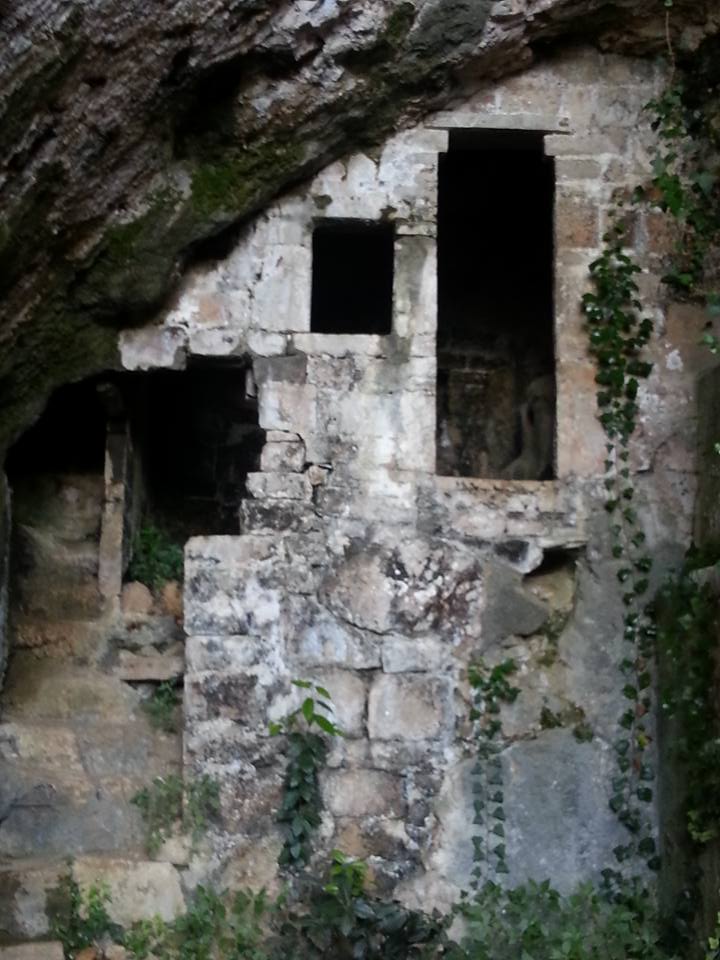
We will get to the cave in a minute, but I will be honest and say that Zoran and his passion had me more captivated than the Dragon’s Cave, which itself was one of the most spectacular things I have seen in Croatia. Having lived in the village of Murvica as a child, Zoran then moved to Germany, where he worked for 7 years before returning one summer on holiday. He liked the peace, and he decided to stay, moving back to his childhood village, which had a population of 20 and whose youngest inhabitant was 70 years old.
Zoran had always been a little afraid of the cave as a child, but it clearly fascinated him, and he came to an agreement with the Bol Tourist Board to start doing tours to the cave. His knowledge was less than his passion back then, but over the last 15 years, the knowledge has more than caught up, while the passion remains the same.
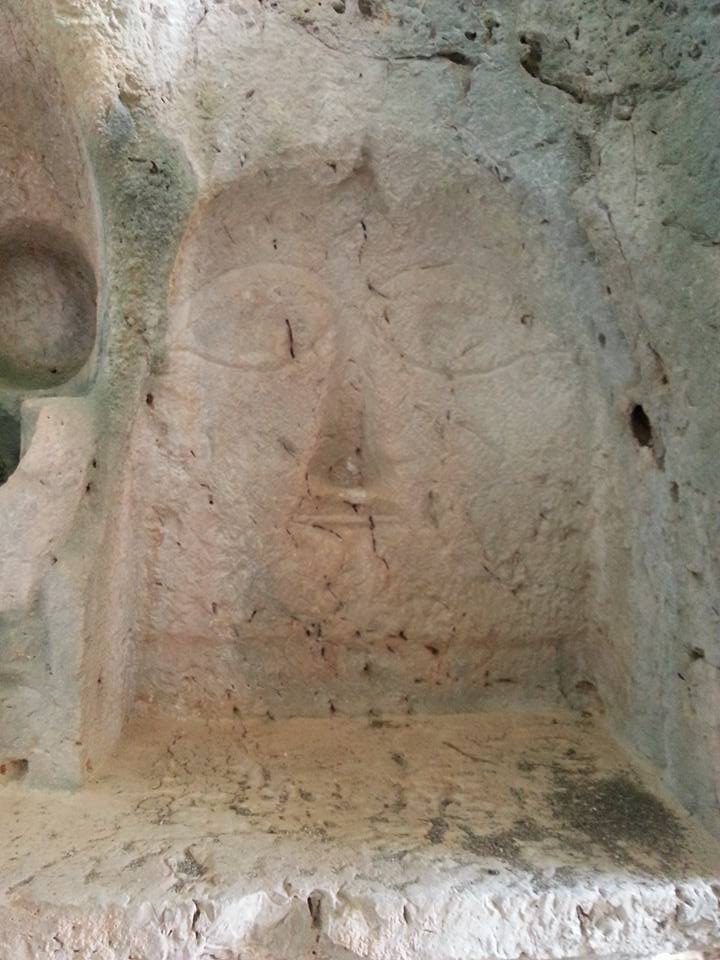
What was fascinating for me, apart from what I saw, was how there were so many theories as to the origins of the cave’s habitation, with each theory designed to fit into a wider theological or historical hypothesis.
Over the last 15 years, Zoran has listened to the observations of his clients, spoken to experts, researched everything possible and is still not certain of many of the facts of the cave. But he explains each hypothesis (and its flaws) with such detail that one cannot help but be drawn into his world. It was mesmerising.
All agreed that this inverted stone face was part of an altar, but why was it inverted? Paul, take a photo with your flash and see what happens. The nose appeared as if in front of me.
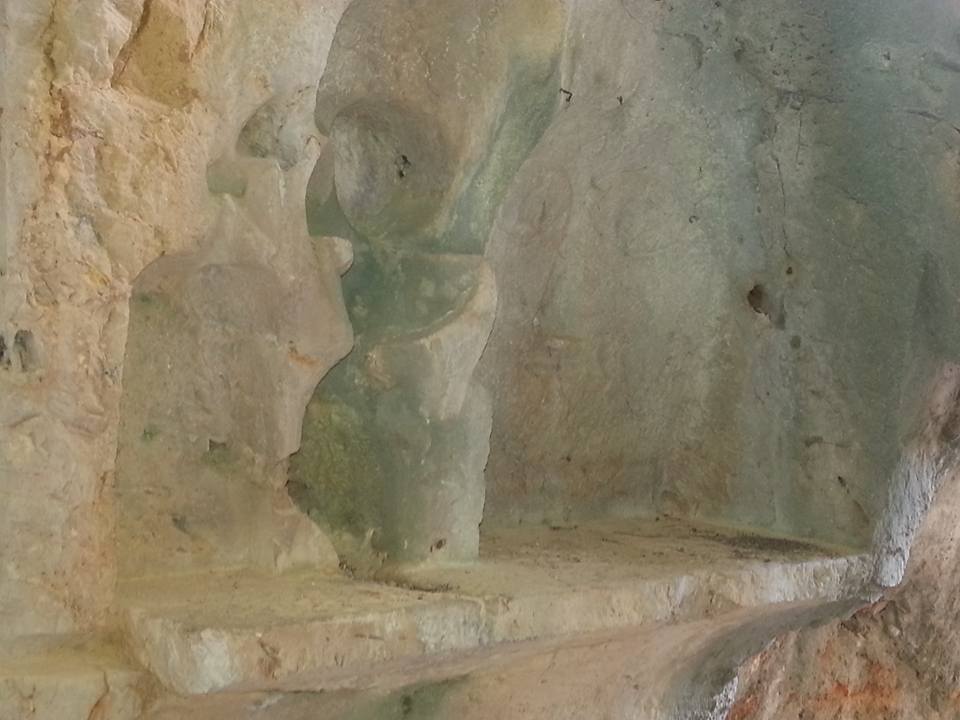
Take a picture from the side. Do you notice the face looking at you directly. We think it is possible it was built this way because there were candles on the altar in front to give it the same effect.
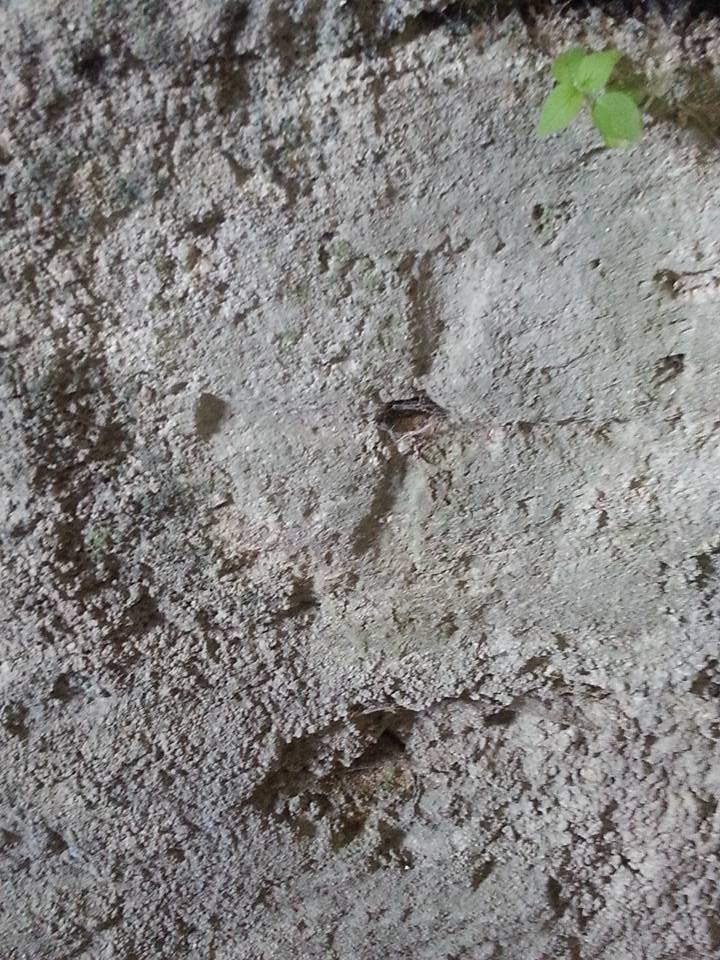
While some try and place the origins of human habitation to the 15th century, others claim that is carved cross is evidence of an earlier settlement. While some claim that all the carvings were done by the same person, it is quickly evident even to the uninitiated such as me that this is the work of different styles and generations.
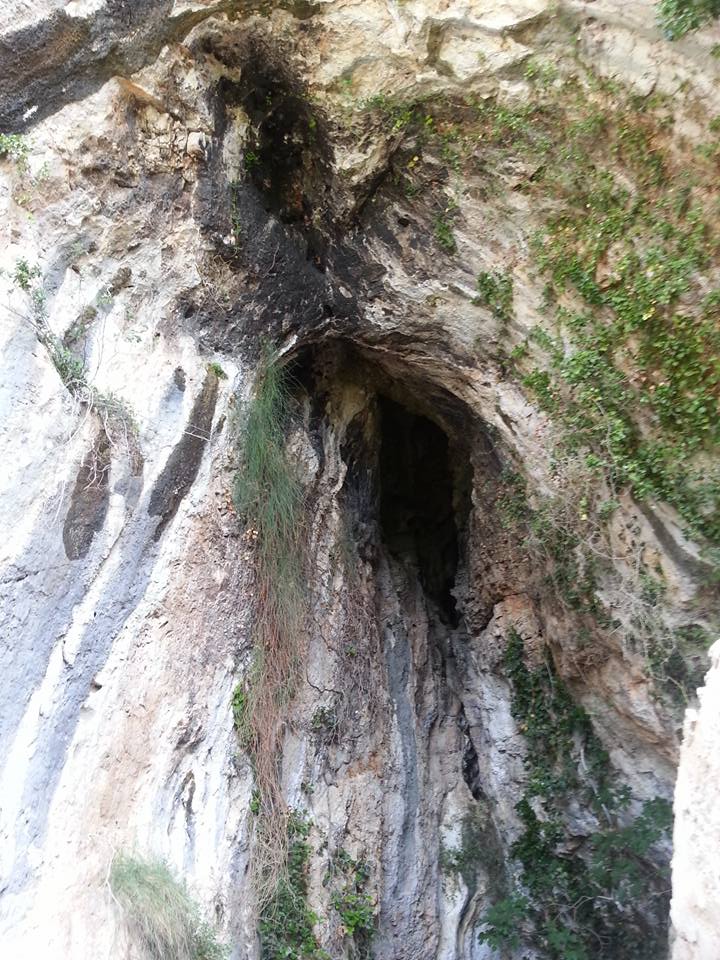
“Have you looked up?” asked a female Swiss tourist upon entering the cave a few years ago. “It looks like one huge vagina.” The theory of the cave as some kind of fertility location has gained credence in certain quarters, and Zoran even saw a couple of (non-poisonous) snakes making out closeby recently – one of the theories of the origin is that is comes from snakes, not dragons.
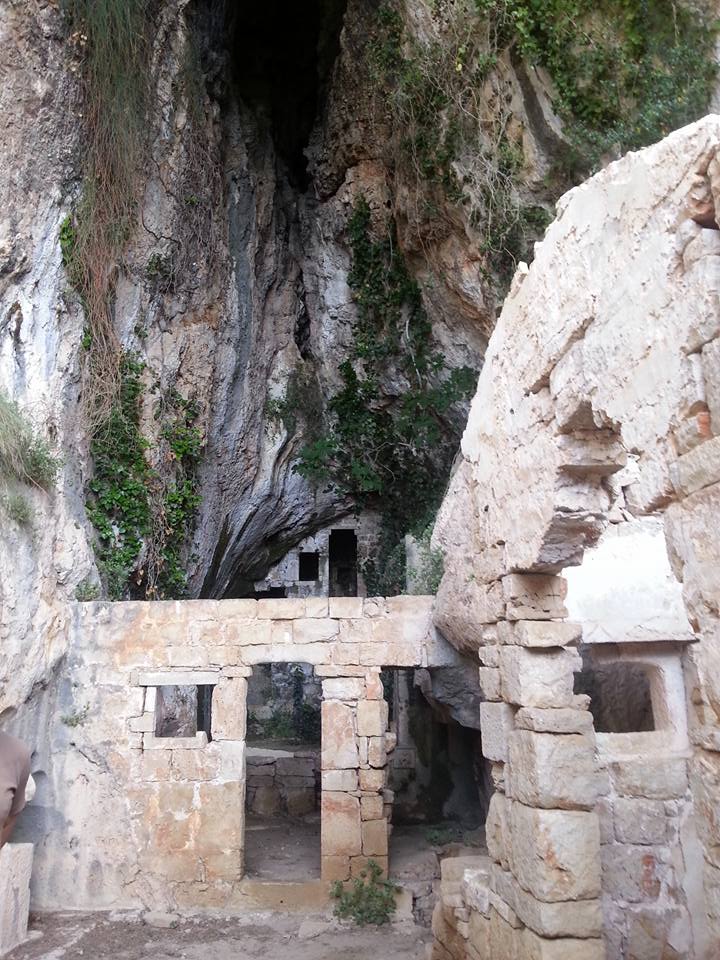
Whatever the truth, there are three outer walls, all of different styles, and increasing in stone quality. There are stories and legends in each stone.
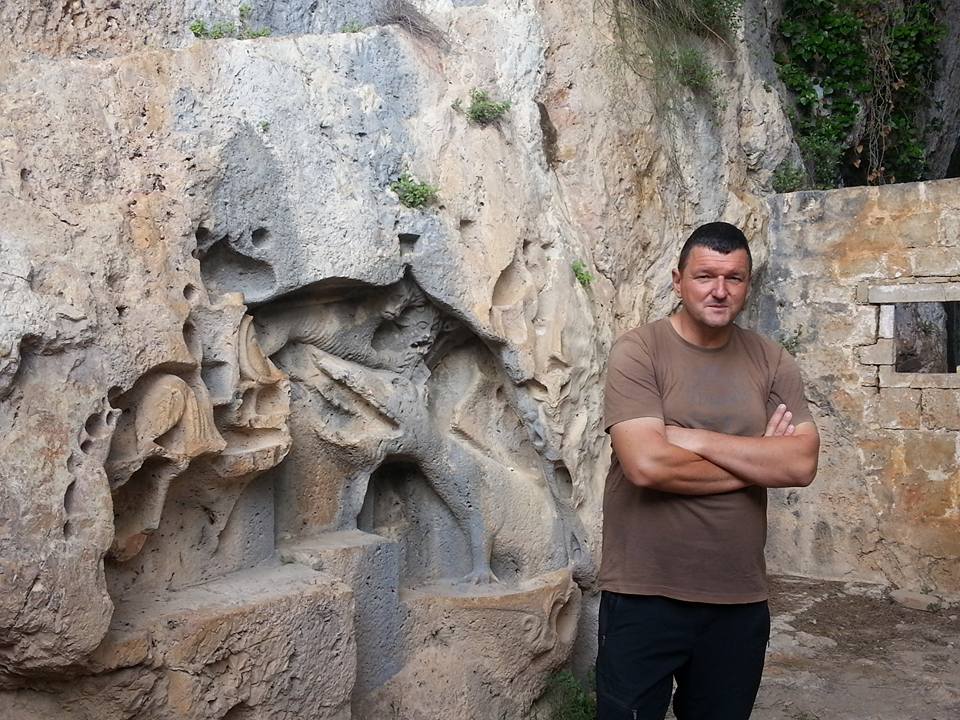
And the crowning stone work in this magical cave – the Apocolypse of St John, set deep into the stone, much further back than the stone images which surround it. Could it be that someone erased a stone carving for some reason, in order to create a new one much deeper? So many questions, so many theories. Zoran knows them all, and retells them with humour and passion.
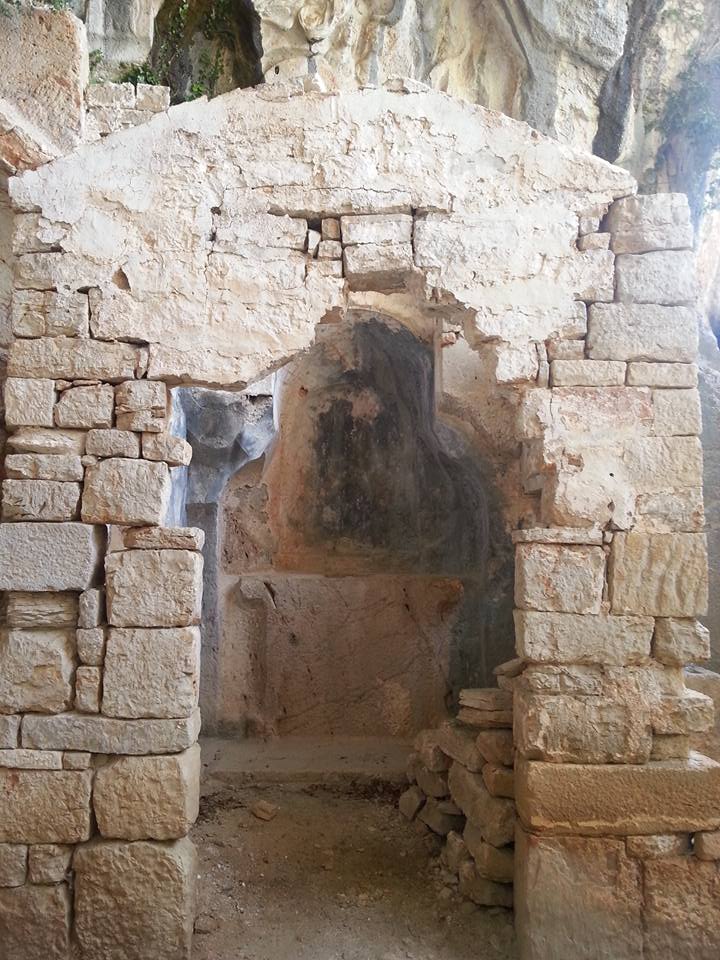
And a church to the Virgin Mary inside the cave.
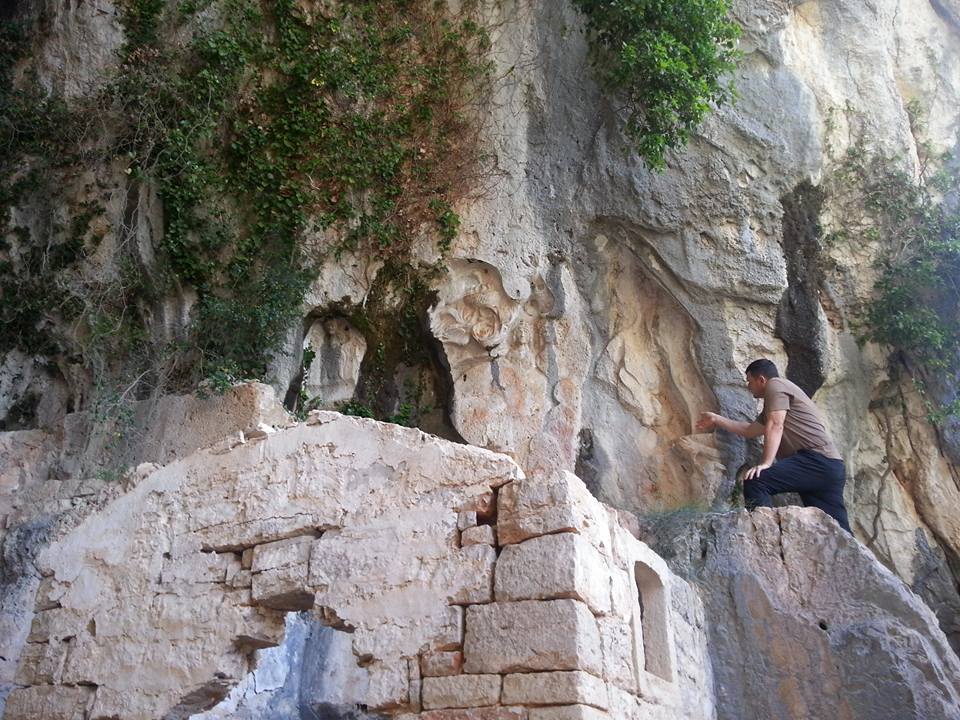
The carvings were everywhere, and so was Zoran, caressing, marvelling, and commenting how the rain had brought out the greenery in the cave.
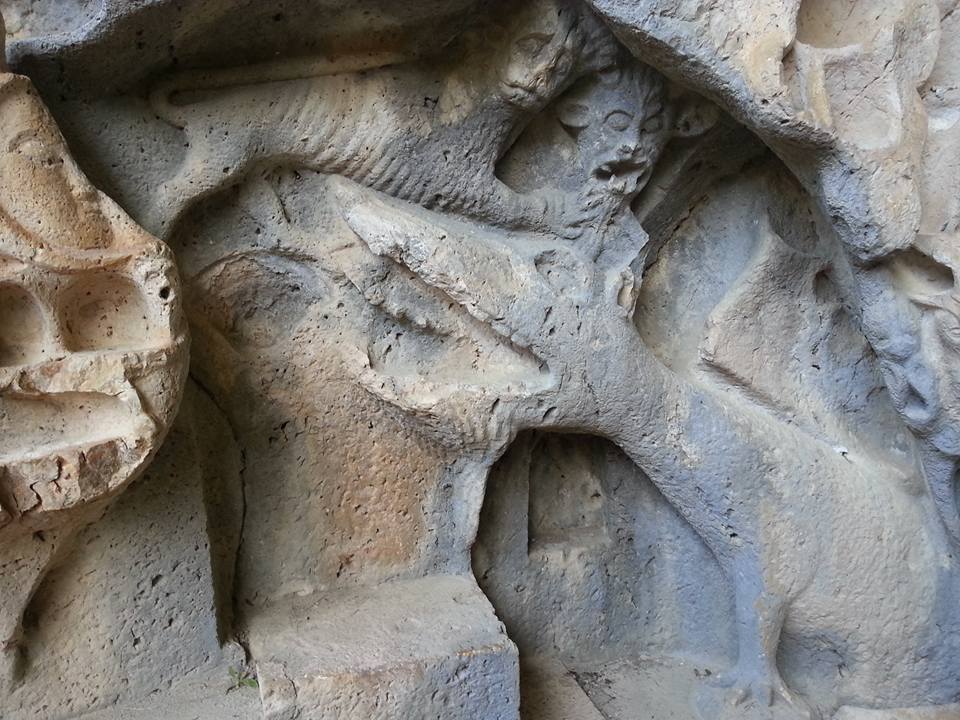
This cave is in the middle of nowhere and almost totally inaccessible in the 21st century. What must it have been like back then? It was inhabited by the Glagolithic monks in the 16th century, after they were forced from the mainland by the advancing Ottomans, and this was just one of several places on the southern slopes of Brac that they chose for their home.
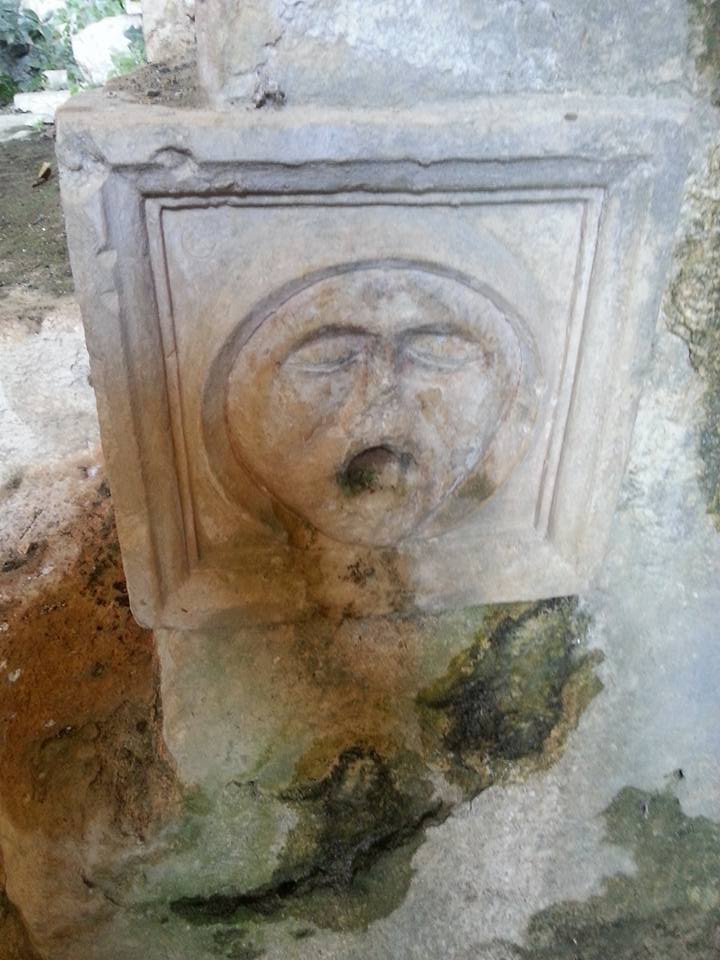
Evidence of their roots is apparently in this carving, which comes from the Republic of Poljica in the Croatian hinterland.
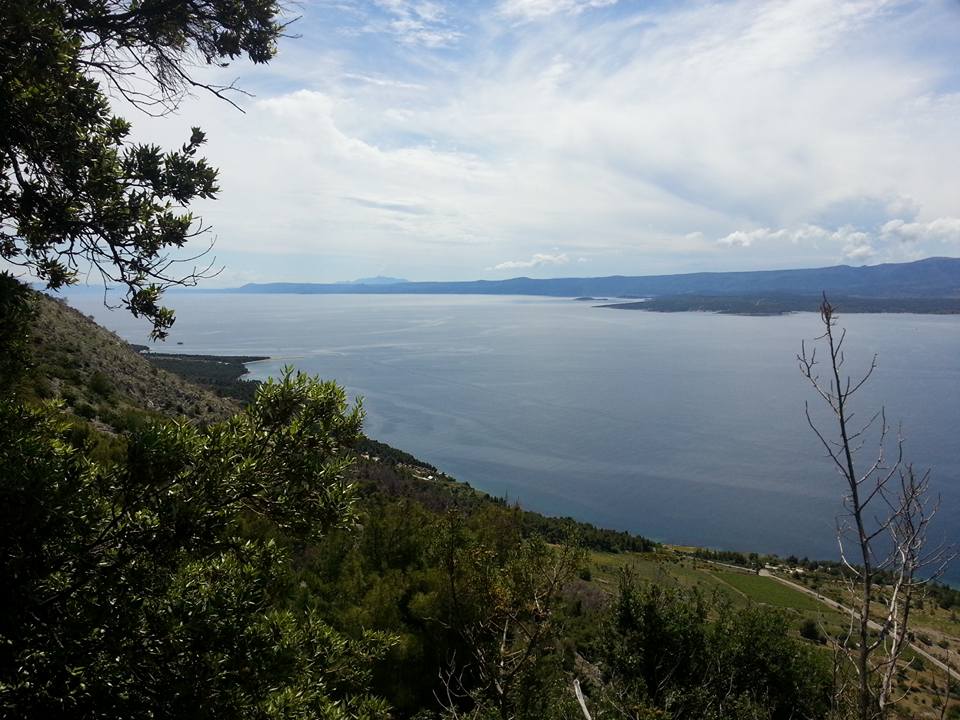
And after a truly absorbing few hours, Zoran invited me to join him on the more gentle descent, with magnificent views of Hvar and Zlatni Rat beach.
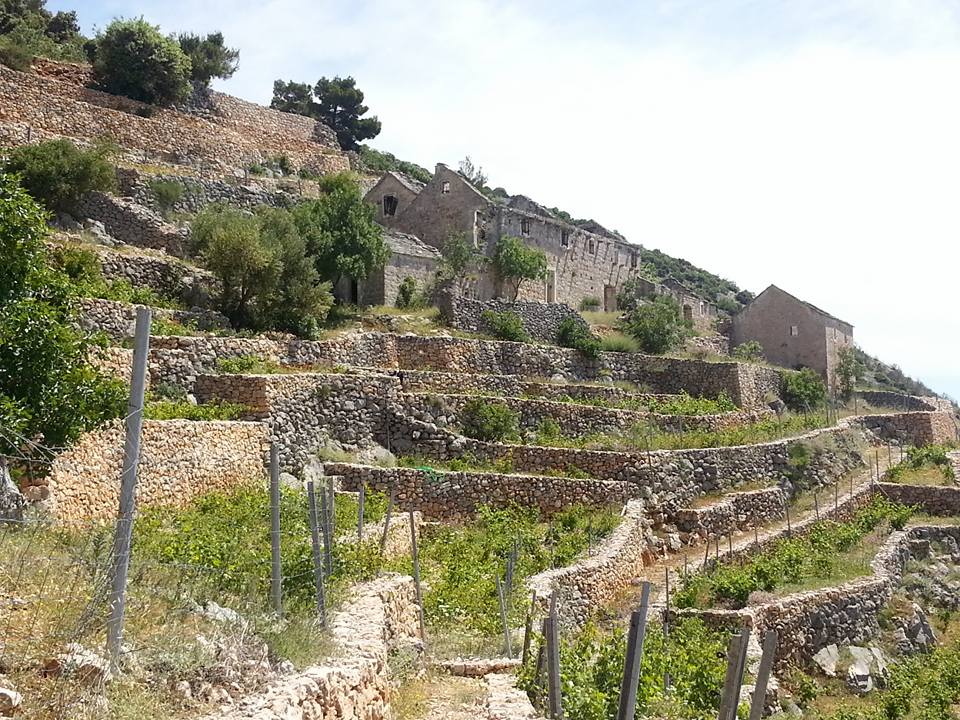
And the occasional monastery on the way.
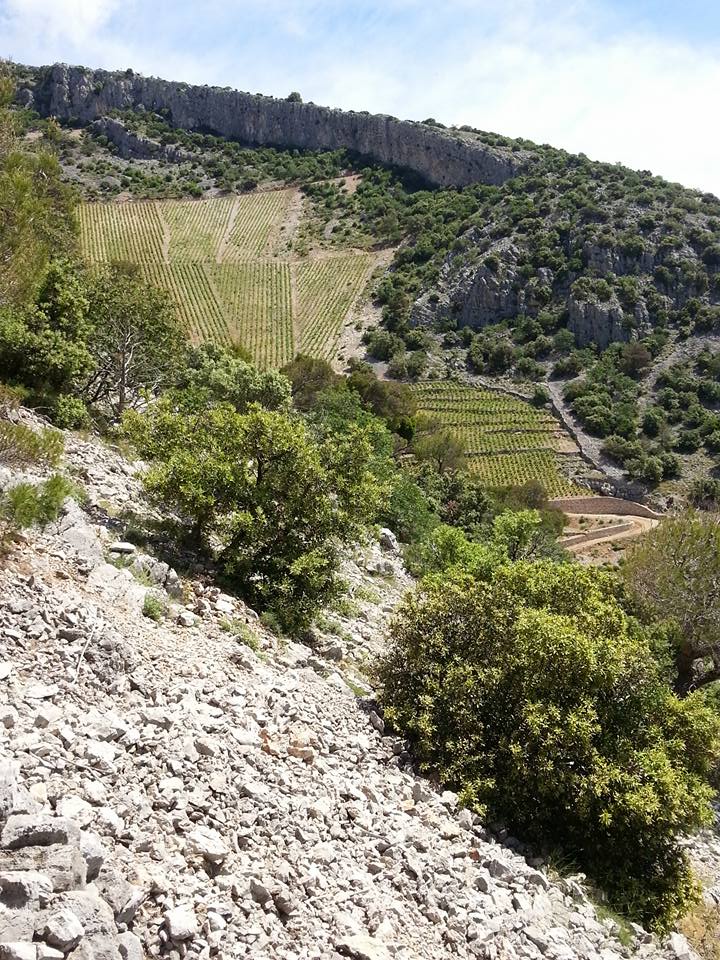
And a chance to observe the magic of the Stina vineyards, one of the driving factors in Bol’s rise as a tourism destination.
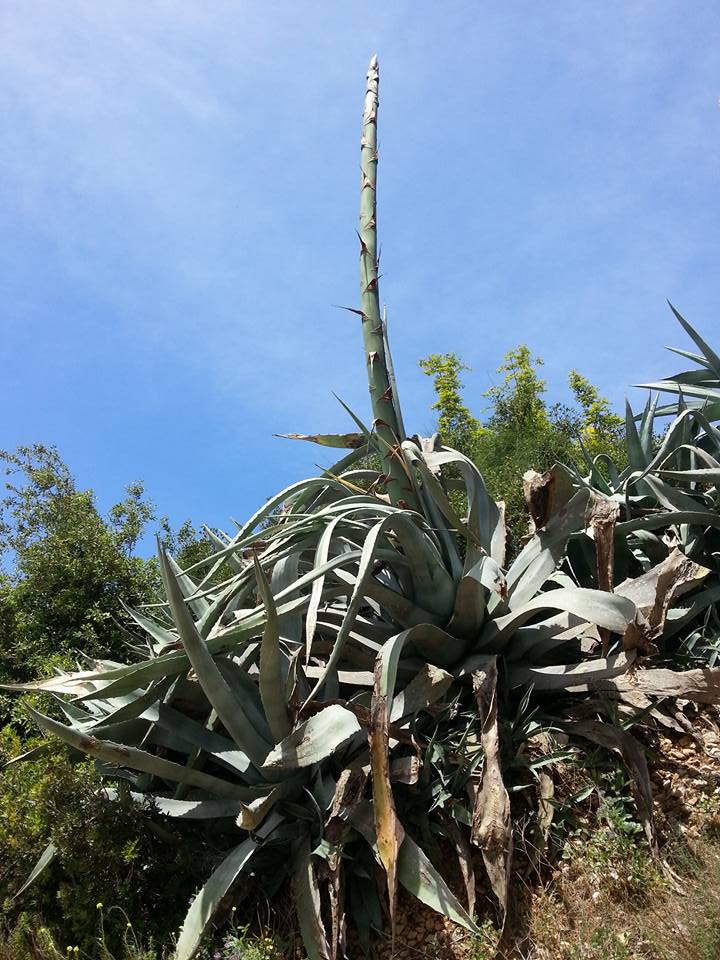
And of course with a man with a passion such as Zoran, he just could not help himself point out a few other things on the way. They say that the agave plant (from which Hvar’s nuns make lace, and the Mexicans tequila) flowers once in a hundred years. This is the year, it seems…
I returned to the hotel physically exhausted and spiritually uplifted. Even if I had only met Zoran for a coffee, I would have felt inspired. Add the wonder of the Dragon’s Cave, and this is a tour you will not regret taking.
IMPORTANT: It is best to leave in the morning, about 08:30. The tour takes about 4 hours. Bring plenty of water and good hiking shoes. It is physically challenging, but if I can do it and live to tell the tale… My tour was arranged by Bluesun.
Now check out the video tour below.
